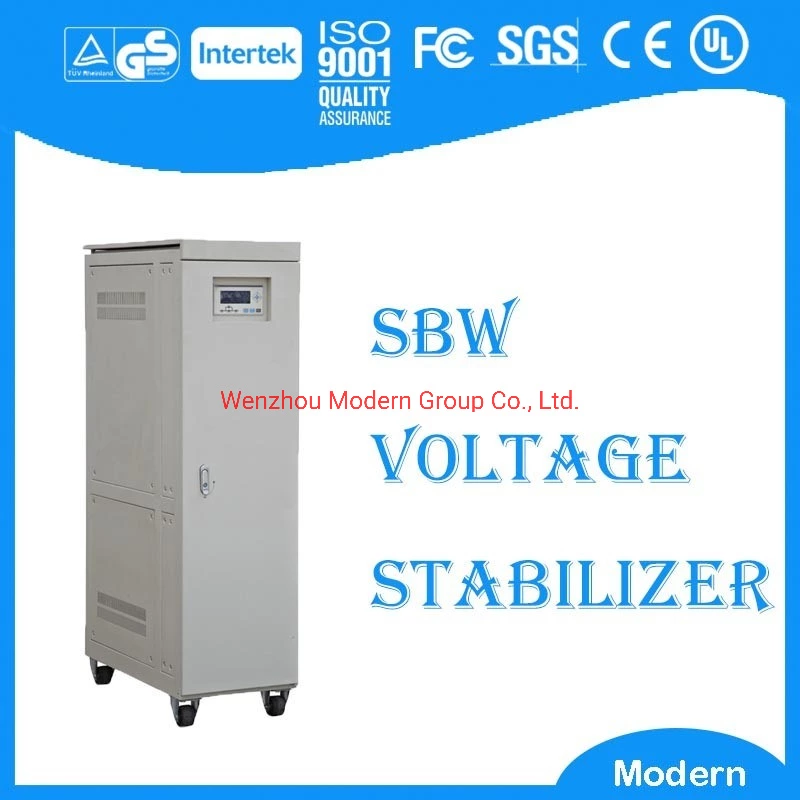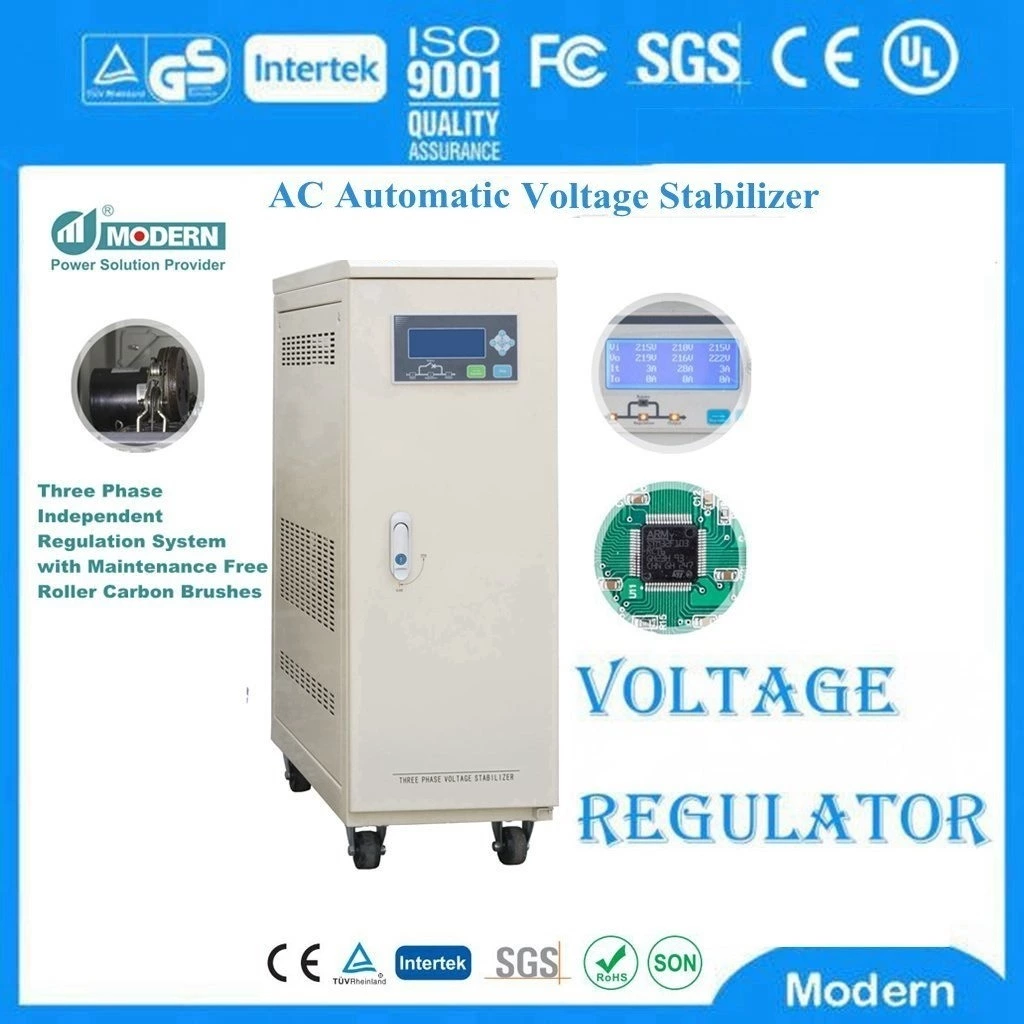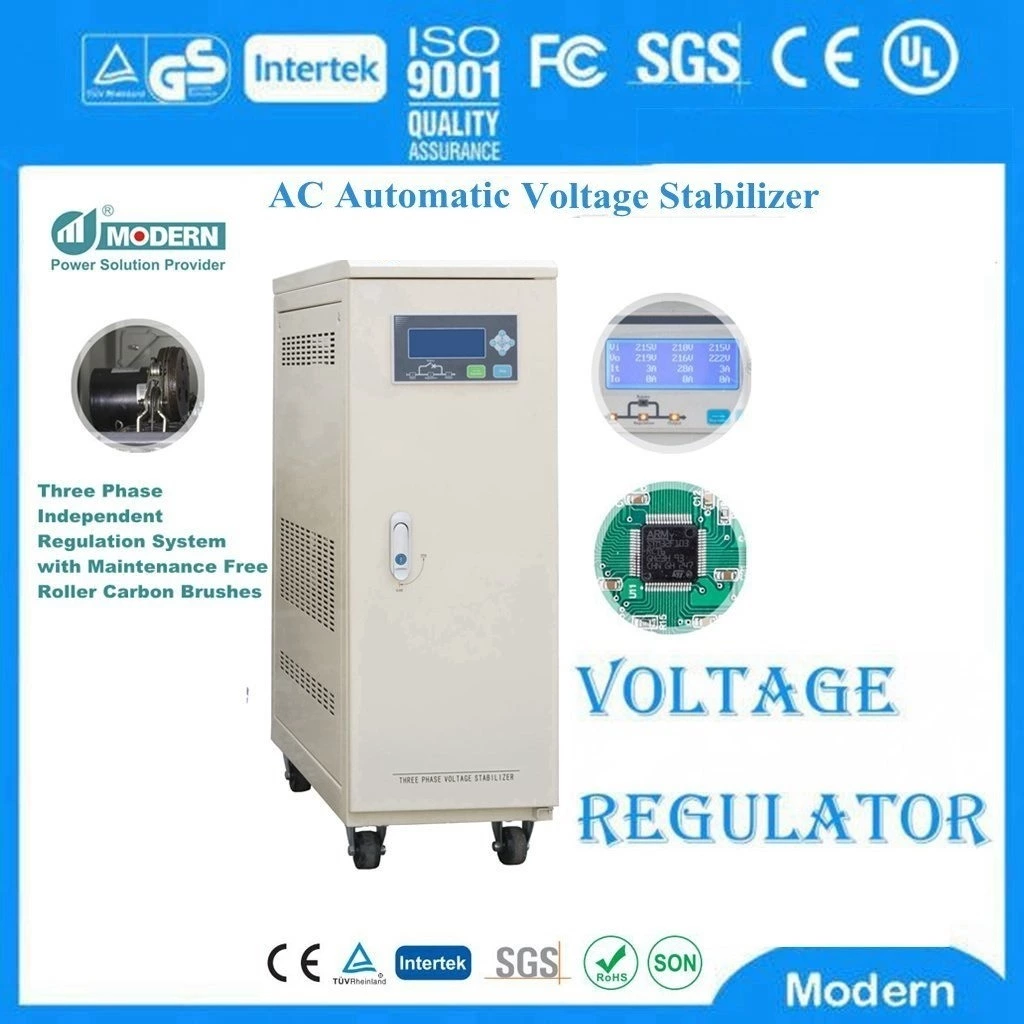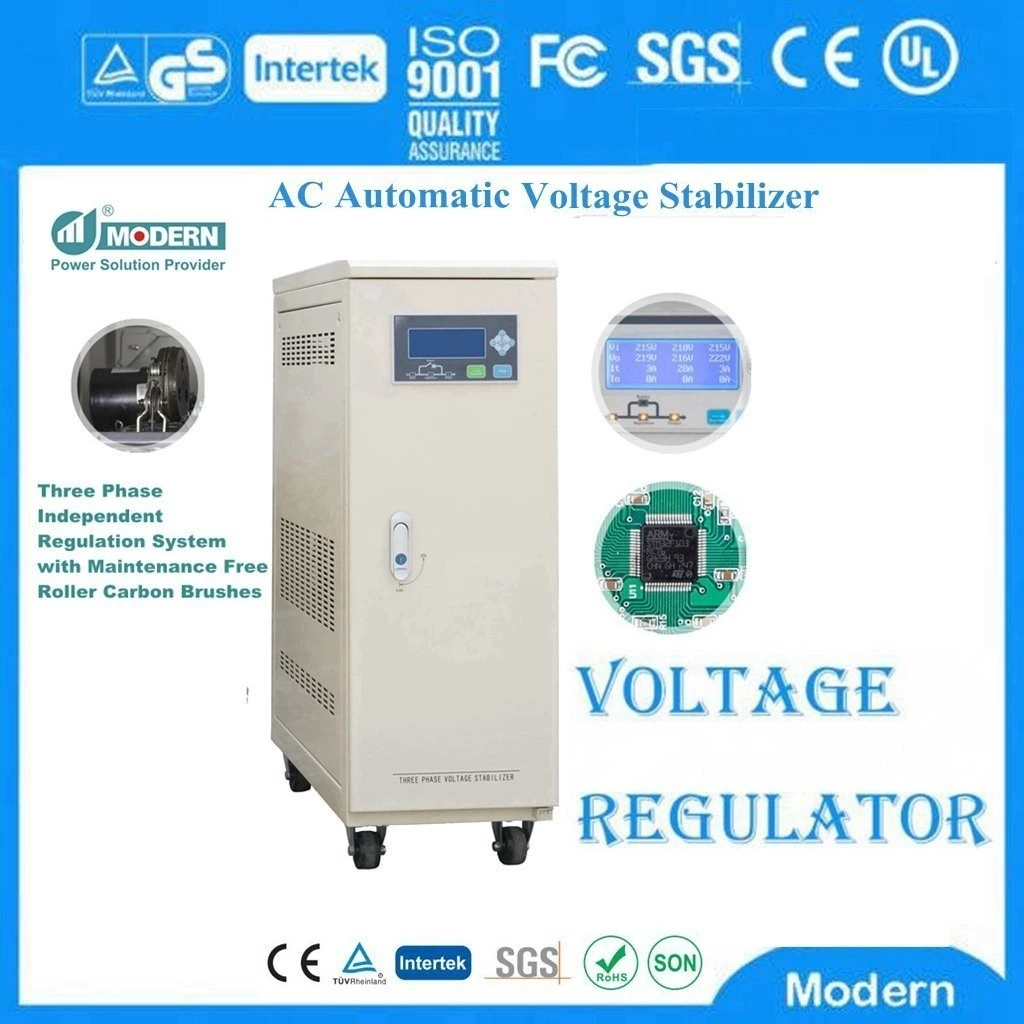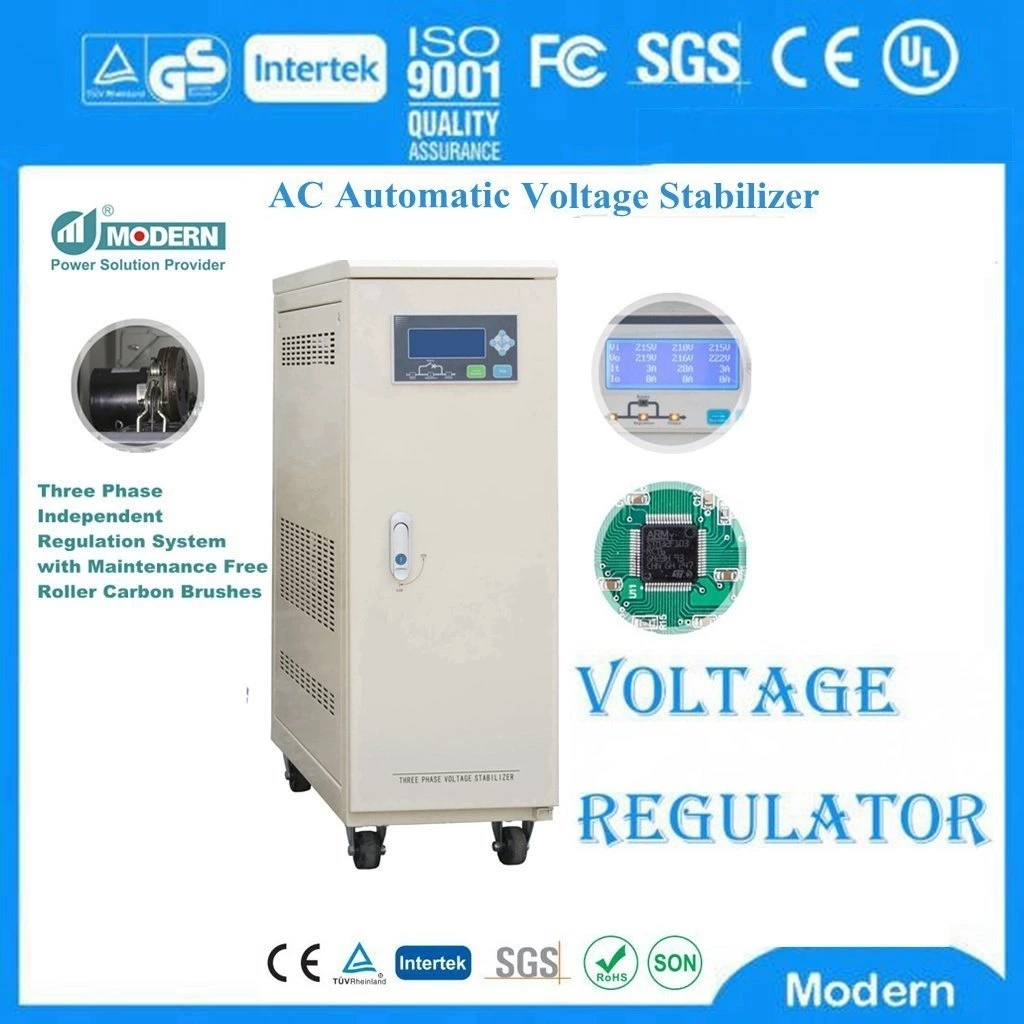What Are The Fault Diagnosis And Maintenance Methods For Dynamic Voltage Stabilizers?
The fault diagnosis and maintenance methods of Dynamic Voltage Regulator (DVR) mainly include the following steps:
Observe the fault phenomenon: First, observe the specific fault phenomenon of the voltage regulator, such as output voltage fluctuation, overload protection, overtemperature protection, short circuit, etc.
Check the power supply line: Check the input and output power supply lines of the voltage regulator to ensure that the connection is correct, and check whether the line has problems such as open circuit or short circuit.
Check the capacitor: Check whether the capacitor in the voltage regulator is swollen or leaking. If there is a problem, it needs to be replaced.
Measure the output voltage: Use a multimeter or other tools to measure the output voltage of the voltage regulator and check whether the output is stable.
Check the radiator: Check whether the radiator is working properly to ensure that the heat dissipation effect of the voltage regulator is good.
Cleaning and maintenance: Clean the inside and outside of the voltage regulator regularly, keep it clean, and prevent dust accumulation from affecting the heat dissipation effect.
Replace parts: If the internal parts of the voltage regulator are found to be damaged or aged, replace them in time to ensure the normal operation of the equipment.
The above are the general steps of the fault diagnosis and maintenance methods of the dynamic voltage regulator. The specific operations can be adjusted according to different models of voltage regulators. If you encounter a complex fault, it is recommended to contact a technician for repair.

 Русский
Русский
 Français
Français
 Português
Português
 Español
Español
 اللغة العربية
اللغة العربية
